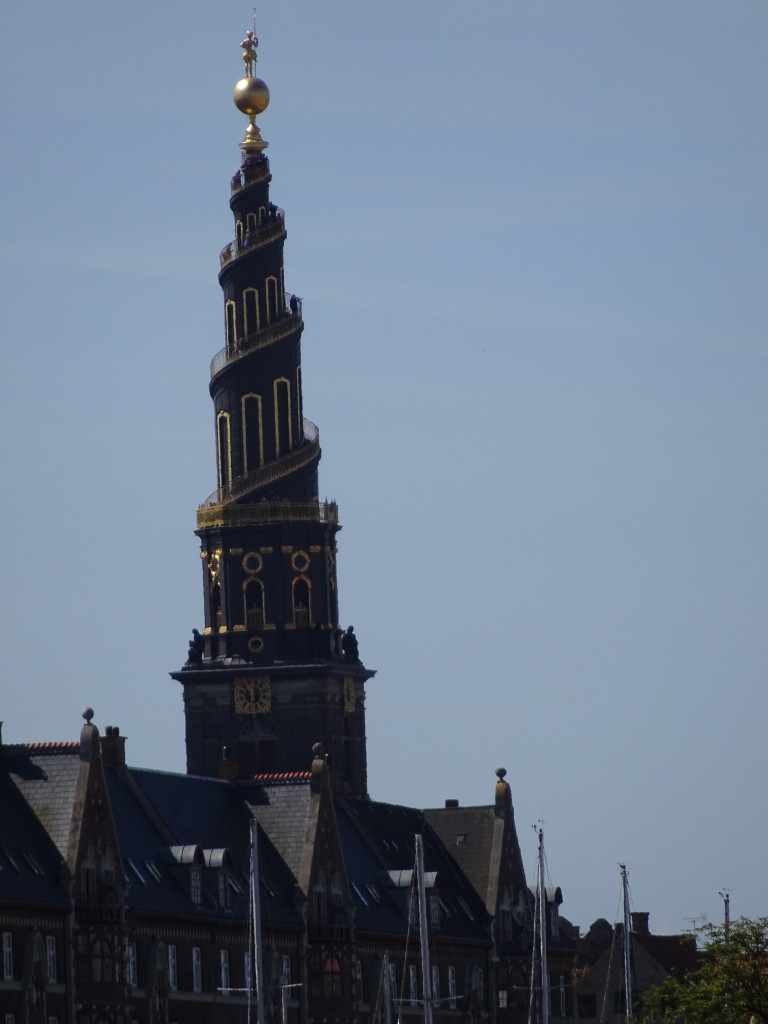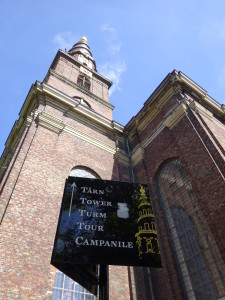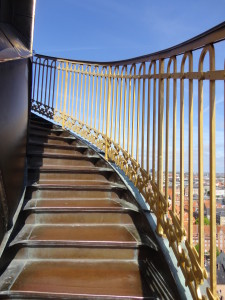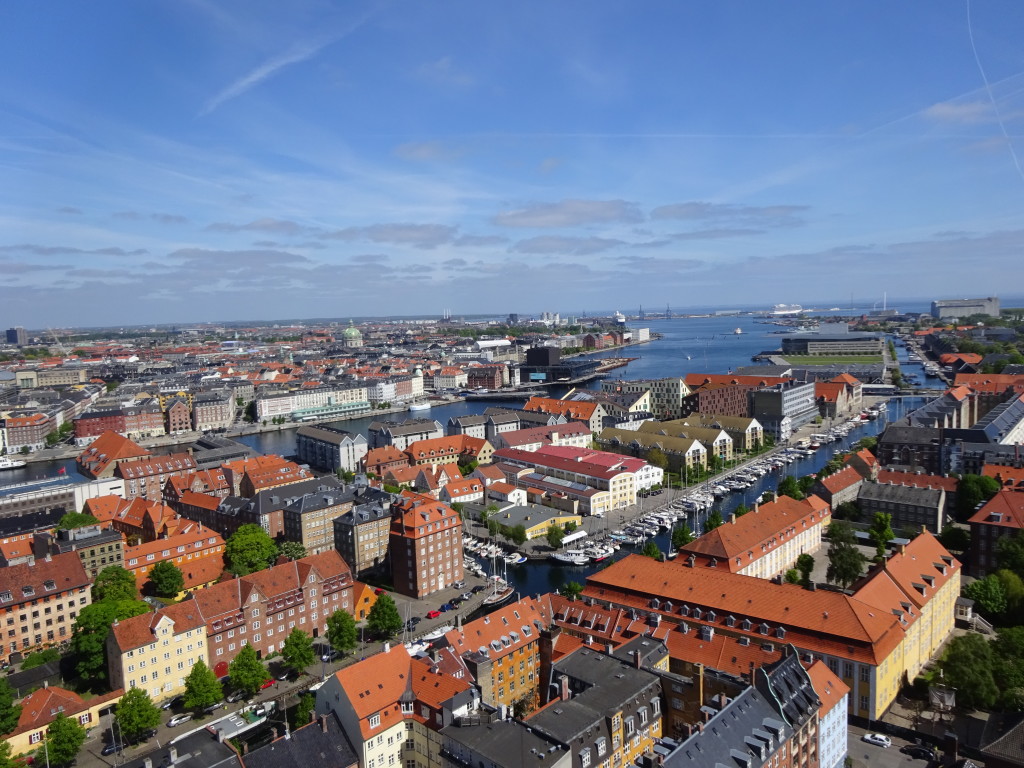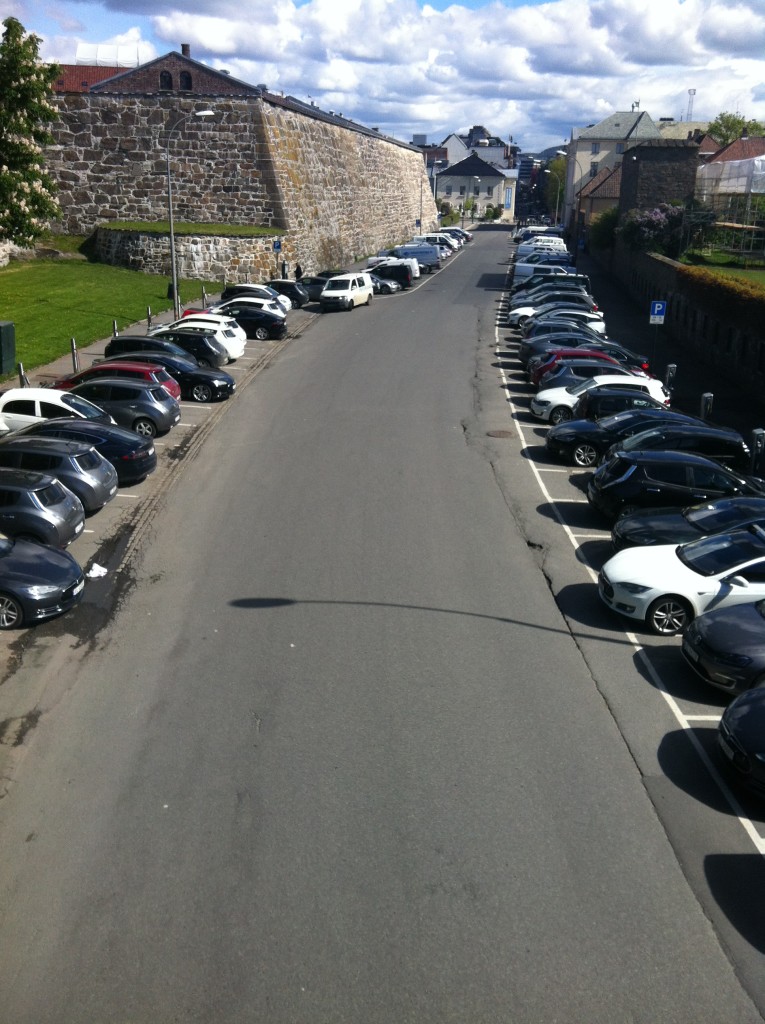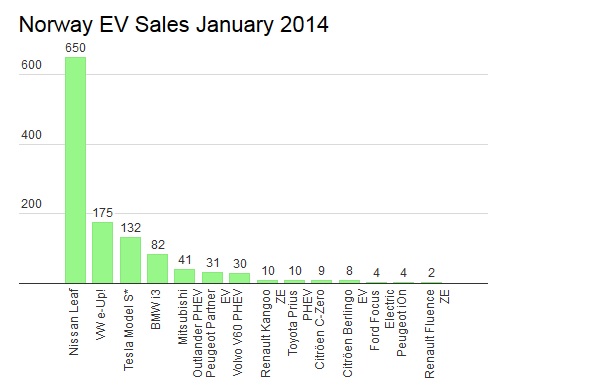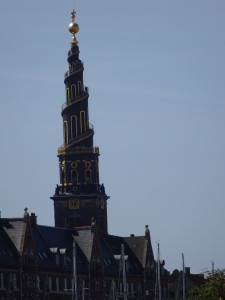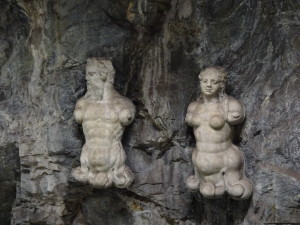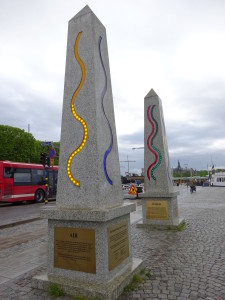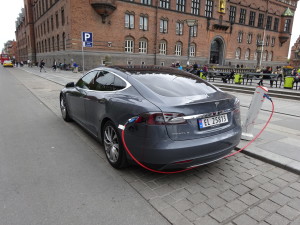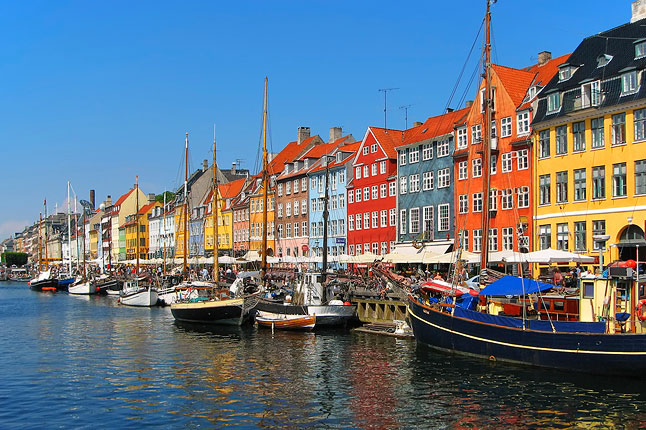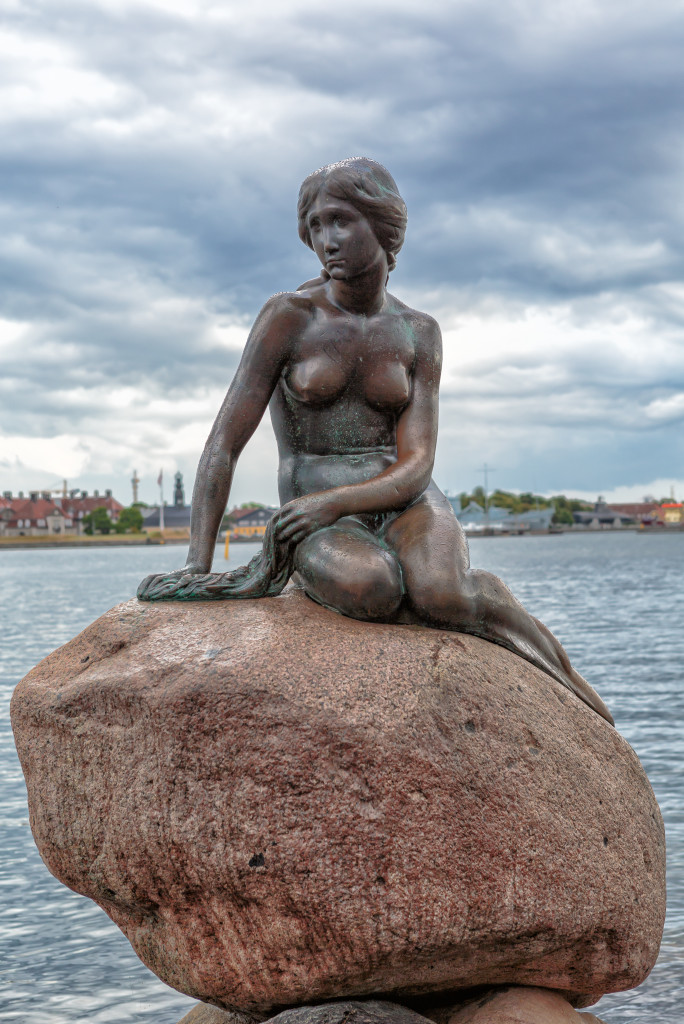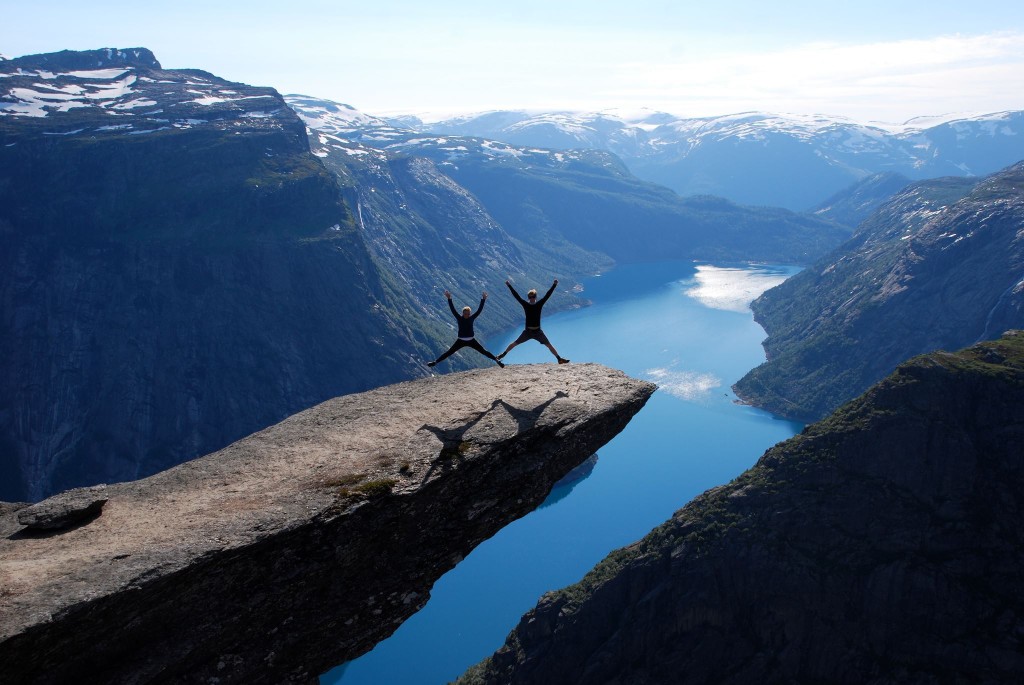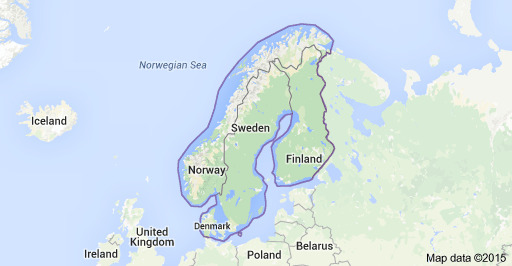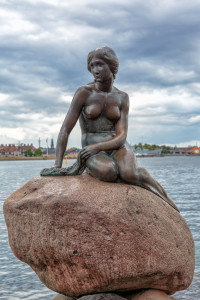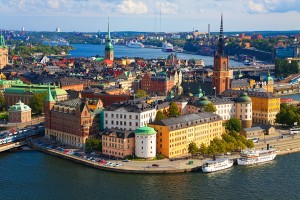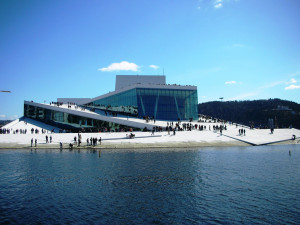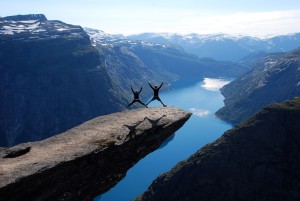Den Forhadte Borg. The Hated Castle. Hammershus is Scandinavia’s largest medieval fortress, situated on the northern tip of the Danish island of Bornholm in the Baltic Sea. And if that isn’t ominous enough, they have an eight foot skull embedded in the floor. The skull of Hammershus.

Hammershus dates back to early in the 13th Century. Initially a residence of the Archbishop of Lund (then part of Denmark), the fortress for the next 500 years served as a stronghold of the island’s various rulers. Repeated wars and rotating residents led to the castle being rebuilt and expanded on several occasions. Partially demolished late in the 18th Century, Hammershus now lays in ruins but remains an important historical site.
I visited only three months after the opening of a new visitor center that provides a panoramic view of the fortress. And that’s where the skull comes in. A human skull was found on the site during an archaeological excavation in the 1940s. Using new 3D scanners, a 2.5-meter replica of that skull was created. Ten tons of robot milled Styrofoam molds formed the base of the sculpture, with acrylic gypsum laminated to its surface. Final surface details were sculpted by hand and the surface was hand-painted to resemble the original as close as possible.
The effect is spectacular. Turning the corner into the visitor center we were all suddenly taken aback by this huge skull lying in front of us. But don’t get too cozy here; head for the viewing platform to the walls and towers of the Hammershus ruins. Plan for extra time and hike up the trail and around the fortress up close. Gaze over the cliffs to the brilliant waters of the Baltic Sea.
After Hammershus we headed for the town of Allinge and a lunch of traditional smoked herring and beer, then to Osterlars for the biggest round church in Denmark. I’ll have more on these other sites on Bornholm later. For now, I’m still thinking about the Skull of Hammershus.
David J. Kent is an avid science traveler and the author of Lincoln: The Man Who Saved America, in Barnes and Noble stores now. His previous books include Tesla: The Wizard of Electricity (2013) and Edison: The Inventor of the Modern World (2016) and two e-books: Nikola Tesla: Renewable Energy Ahead of Its Time and Abraham Lincoln and Nikola Tesla: Connected by Fate.
Check out my Goodreads author page. While you’re at it, “Like” my Facebook author page for more updates!






